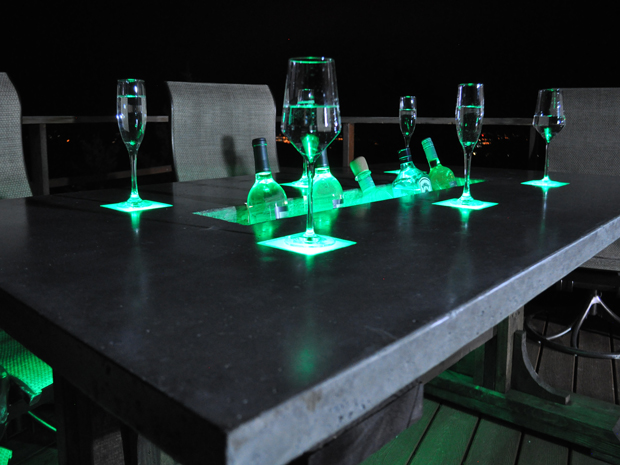Concrete, LED lights, and a built-in beverage cooler. What more can a guy ask for? Well, a cold beverage in that cooler I’d suppose! Check out this step-by-step tutorial and video to see exactly how you can create your own LED-lit concrete table to jazz up your patio.


The trough measures 36 inches long, 6 inches wide, and 7 inches deep. You’ll be able to chill plenty of beverages!

Complete step-by-step instructions are detailed below. You can watch the complete video tutorial as well. Other helpful concrete table videos can be found on the DIY Projects with Pete website.
COMPLETE VIDEO TUTORIAL
SAFETY NOTES
Eye protection is recommended throughout all steps.
Rubber gloves should be worn while mixing, pouring, troweling, polishing, and sealing the concrete.
Hearing protection should be worn while using the miter saw and table saws, and during the polishing process.
A dust mask or respirator should be used during the mixing process.


